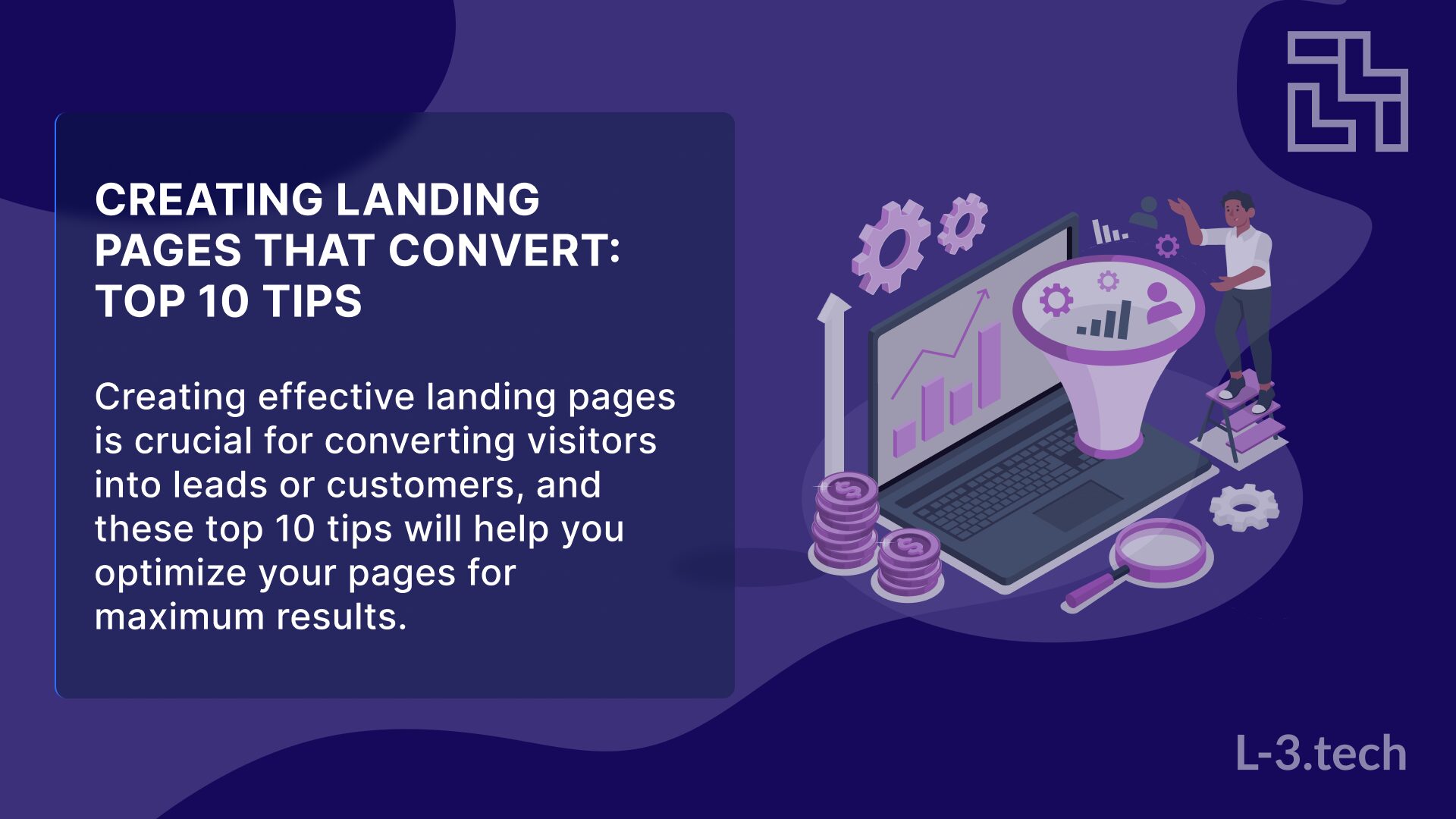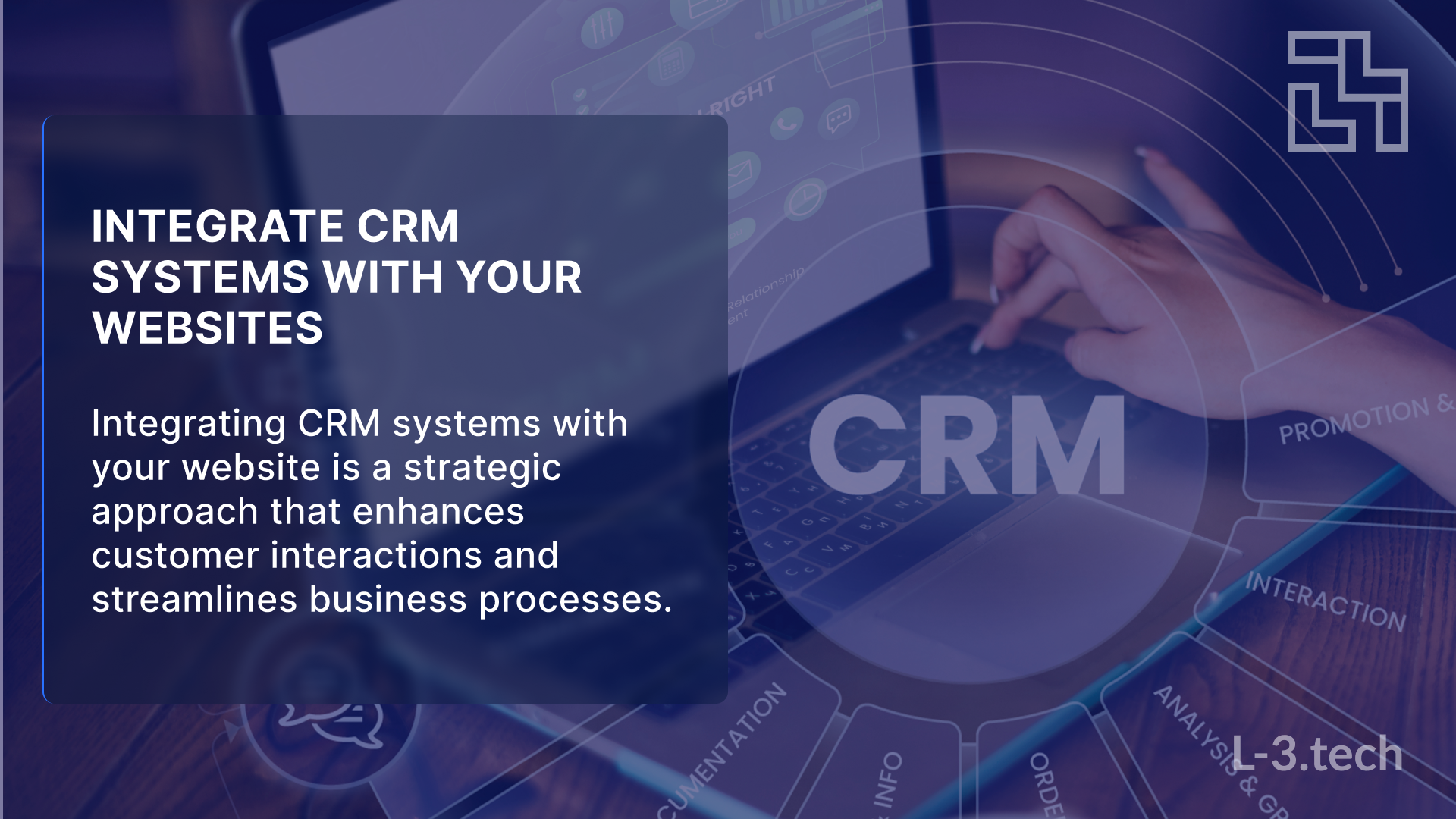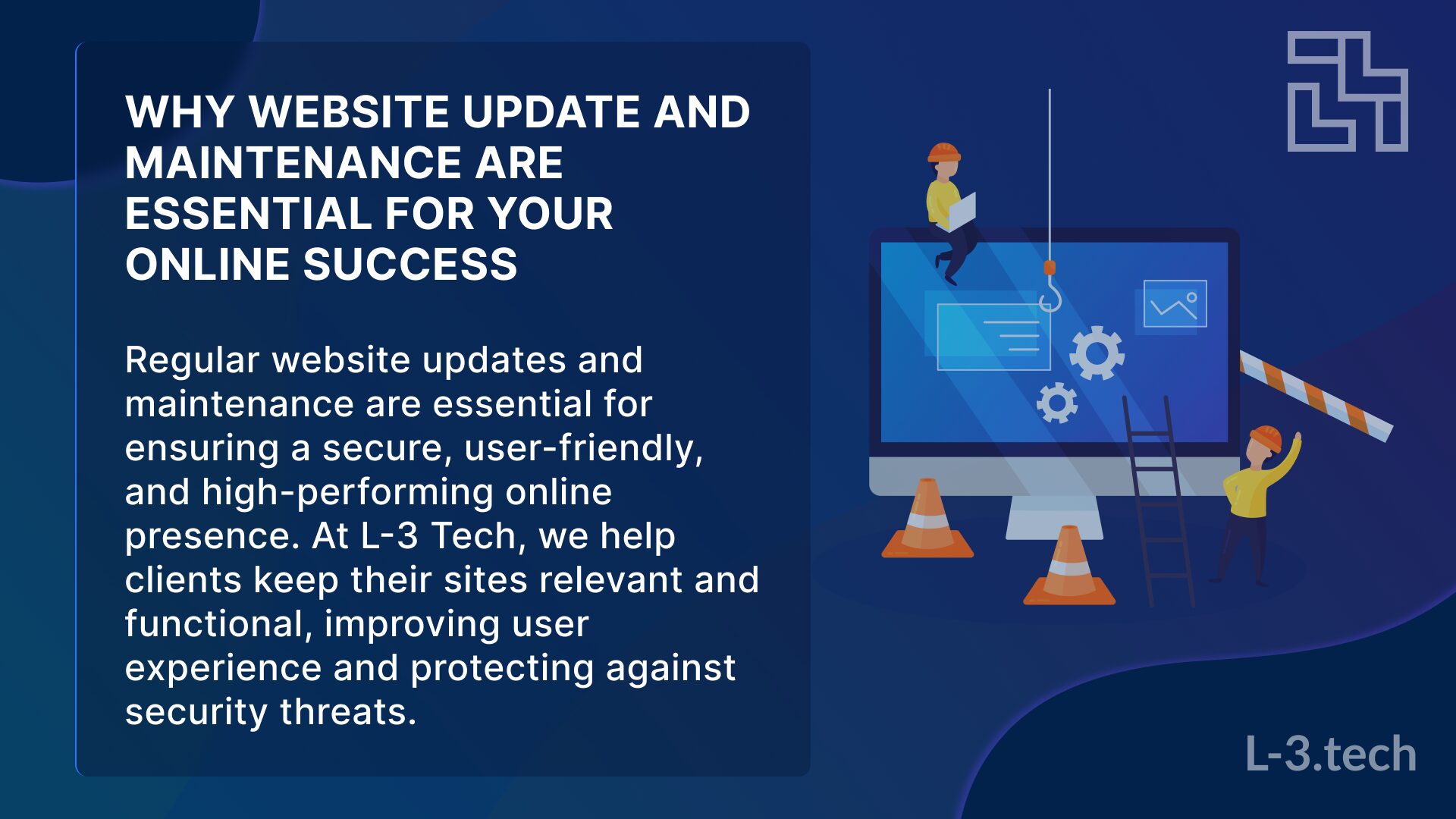Understanding the Importance of Landing Pages
Landing pages are vital for any online marketing strategy. They act as the initial point of contact between your audience and your offer, playing a crucial role in conversion optimization. A well-crafted landing page can significantly enhance conversion rates. Focusing on user experience and clear messaging is essential for guiding visitors toward taking desired actions.
- Landing pages drive targeted traffic.
- They assist in lead generation.
- Effective landing pages improve ROI.
- Landing pages can be customized for specific campaigns.
- They boost brand awareness.
What is a Landing Page?
A landing page is a standalone web page created for a particular goal. Unlike a homepage, it is designed to achieve a specific objective, such as capturing leads or driving sales. This focused approach eliminates distractions, guiding users toward a desired action. Understanding this is crucial for creating effective landing pages.
Why Do You Need a High-Converting Landing Page?
A high-converting landing page can vastly improve your marketing efforts. It enables you to turn visitors into leads or customers effectively. With the right design and messaging, you can maximize your advertising spend and achieve business goals more swiftly. Investing in optimizing your landing page is essential for long-term success.
Key Elements of a Successful Landing Page
Successful landing pages share several key elements that enhance their effectiveness. These include compelling headlines, engaging visuals, and clear calls to action. Each element should work in harmony to provide a seamless user experience and encourage visitors to take action.
How to Measure Landing Page Success
To measure the success of your landing page, focus on key performance indicators (KPIs) such as conversion rate, bounce rate, and average time on page. Analyzing these metrics helps identify areas for improvement. Regular testing and data-driven decisions are vital for refining your landing page.
Common Mistakes to Avoid
Common mistakes in creating landing pages include cluttered designs, vague messaging, and weak calls to action. Avoiding these pitfalls can significantly enhance your conversion rates. Prioritize clarity and simplicity to improve user experience and effectiveness.
Crafting Compelling Headlines for Your Landing Page
Headlines are the first element visitors see on your landing page. They must grab attention and convey the value of your offer quickly. A strong headline is crucial for the success of your landing page. Using powerful words and addressing pain points can increase engagement. Testing different headlines is key to finding what resonates with your audience.
- Use clear and concise language.
- Incorporate numbers or statistics.
- Address the visitor’s pain points.
- Make a bold promise.
- Test variations for effectiveness.
How to Write Attention-Grabbing Headlines
Creating attention-grabbing headlines requires creativity and a deep understanding of your audience. Identify what matters most to your target market and use emotional triggers and urgency to compel readers to continue. Keep headlines short and impactful.
The Role of Subheadings in Landing Pages
Subheadings help guide visitors through your landing page by providing additional context and supporting the main headline. Effective subheadings clarify your message and maintain interest, breaking up text and highlighting key benefits.
Using Numbers and Statistics in Headlines
Incorporating numbers and statistics in headlines boosts credibility and attracts attention. Quantifiable information, such as “Increase your sales by 50% in 30 days,” creates curiosity and encourages clicks. Ensure that claims are supported by data.
Testing Different Headline Variations
A/B testing different headlines allows you to compare performance and determine which drives more conversions. Regular testing and iteration based on results are crucial for continual improvement of your landing page.
Designing an Engaging Landing Page Layout
The layout of your landing page impacts user experience significantly. A clean, organized design helps users navigate easily, while effective use of whitespace prevents overwhelm. Ensure your layout directs attention to the call to action and maintains brand consistency.
- Use a simple and clean design.
- Incorporate visual hierarchy.
- Utilize whitespace effectively.
- Ensure mobile responsiveness.
- Maintain brand consistency throughout.
The Importance of Visual Hierarchy
Visual hierarchy guides users’ attention to key elements on your landing page. Use size, color, and placement to emphasize important information, such as headlines and calls to action. A clear visual hierarchy improves user experience.
Choosing the Right Color Scheme
The color scheme of your landing page influences emotions and actions. Choose colors that align with your brand and evoke the desired response. For example, blue conveys trust, while red creates urgency. Ensure colors enhance readability and accessibility.
Incorporating High-Quality Images and Videos
High-quality images and videos enhance engagement on your landing page. Relevant visuals support your offer and make complex concepts easier to understand. Optimize media for fast loading times to maintain user interest.
Ensuring Mobile Responsiveness
With increasing mobile web usage, ensuring your landing page is responsive is crucial. Test your design on various devices to guarantee a seamless experience. Mobile-friendly design can improve conversion rates significantly.
Writing Persuasive Copy for Your Landing Page
Persuasive copy is essential for converting visitors into leads or customers. Focus on addressing the needs and desires of your target audience by highlighting benefits rather than features. Clear, concise language and a strong call to action are critical for guiding users toward the next step.
- Focus on benefits over features.
- Use clear and concise language.
- Incorporate storytelling techniques.
- Address objections and concerns.
- Include a strong call to action.
Focusing on Benefits Over Features
Emphasize the benefits of your offer in your copy to connect emotionally with your audience. Benefits answer the question, “What’s in it for me?” Features describe what your product or service does. Highlighting benefits increases conversion likelihood.
Using Clear and Concise Language
Clear and concise language is vital for effective communication. Avoid jargon and complex terms, using short sentences and simple words to enhance readability. Clarity ensures your message is understood.
Incorporating Storytelling Techniques
Storytelling can make your copy more engaging and relatable. Share customer success stories or testimonials to build trust and illustrate how your offer solves problems. Stories create emotional connections that drive action.
Addressing Objections and Concerns
Address potential objections in your copy to alleviate doubts. Provide clear answers to common concerns, building trust and demonstrating understanding. Proactively addressing objections can enhance conversion rates.
Including a Strong Call to Action
A strong call to action (CTA) guides users toward conversion. Ensure your CTA is clear, compelling, and easy to find. Use action-oriented language to encourage immediate response and position your CTA strategically for visibility.
Utilizing Social Proof on Your Landing Page
Social proof is a powerful tool for building trust and credibility. Incorporate testimonials, reviews, and case studies to enhance your landing page. Positive experiences from others can encourage conversions and alleviate fears.
- Include customer testimonials.
- Showcase case studies.
- Display trust badges and certifications.
- Incorporate user-generated content.
- Highlight social media mentions and shares.
Including Customer Testimonials
Customer testimonials provide real-life evidence of your offer’s effectiveness. Use quotes from satisfied customers to build trust and consider adding photos or video testimonials for authenticity.
Showcasing Case Studies
Case studies illustrate how your product or service has solved real problems. Highlight measurable outcomes to demonstrate expertise and enhance credibility. Use case studies to provide detailed insights into your success stories.
Displaying Trust Badges and Certifications
Trust badges and certifications build credibility and reduce anxiety. Display logos of recognized organizations or security certifications to reassure visitors that their information is secure.
Incorporating User-Generated Content
User-generated content adds authenticity to your landing page. Feature reviews and social media posts from customers to build community and trust. Seek permission before using customer content.
Highlighting Social Media Mentions and Shares
Showcasing social media mentions and shares can amplify credibility. Display positive interactions and feedback from social platforms to demonstrate that others value your offer.
Optimizing Your Landing Page for SEO
SEO optimization drives organic traffic to your landing page. Incorporate relevant keywords naturally into your content, optimize meta tags, headings, and image alt texts, and ensure fast loading times and mobile-friendliness.
- Research and use relevant keywords.
- Optimize meta titles and descriptions.
- Use header tags effectively.
- Ensure fast loading times.
- Update content regularly for freshness.
Researching and Using Relevant Keywords
Keyword research is foundational for SEO optimization. Identify keywords your target audience is searching for and incorporate them naturally into your content. Balance high search volume with low competition for better visibility.
Optimizing Meta Titles and Descriptions
Craft compelling meta titles and descriptions that include your primary keyword. Engaging titles and summaries entice clicks and improve search engine rankings.
Using Header Tags Effectively
Header tags (H1, H2, H3) structure content for users and search engines. Use H1 for the main title and H2 for subheadings, incorporating keywords where appropriate. Proper header tags enhance readability and SEO.
Ensuring Fast Loading Times
Fast loading times are crucial for SEO and user experience. Optimize images and minimize code to improve page speed. A slow landing page can lead to high bounce rates.
Updating Content Regularly for Freshness
Regularly updating your landing page content keeps it relevant. Fresh content signals to search engines that your page is active. Add new testimonials, case studies, or blog links to maintain engagement.
Testing and Analyzing Your Landing Page Performance
Testing and analyzing landing page performance is vital for optimization. Use A/B testing to compare different versions, analyze metrics like conversion rates and bounce rates, and gather user feedback to refine your page.
- Conduct A/B testing for different elements.
- Analyze key performance metrics.
- Use heatmaps to understand user behavior.
- Gather feedback from users.
- Iterate based on data-driven insights.
Conducting A/B Testing for Different Elements
A/B testing compares two versions of your landing page to determine which performs better. Test headlines, images, or calls to action to improve conversion rates based on data.
Analyzing Key Performance Metrics
Analyze key performance metrics to gauge landing page effectiveness. Focus on conversion rates, bounce rates, and session duration to identify strengths and areas for improvement.
Using Heatmaps to Understand User Behavior
Heatmaps provide visual insights into user behavior on your landing page. They reveal where users click, scroll, and spend time, informing design and content decisions.
Gathering Feedback from Users
User feedback offers valuable insights into landing page performance. Use surveys or feedback forms to collect opinions and identify areas for enhancement.
Iterating Based on Data-Driven Insights
Iterate based on data-driven insights to continuously improve your landing page. Regularly update your page to reflect new trends and insights, staying adaptable to user needs.




